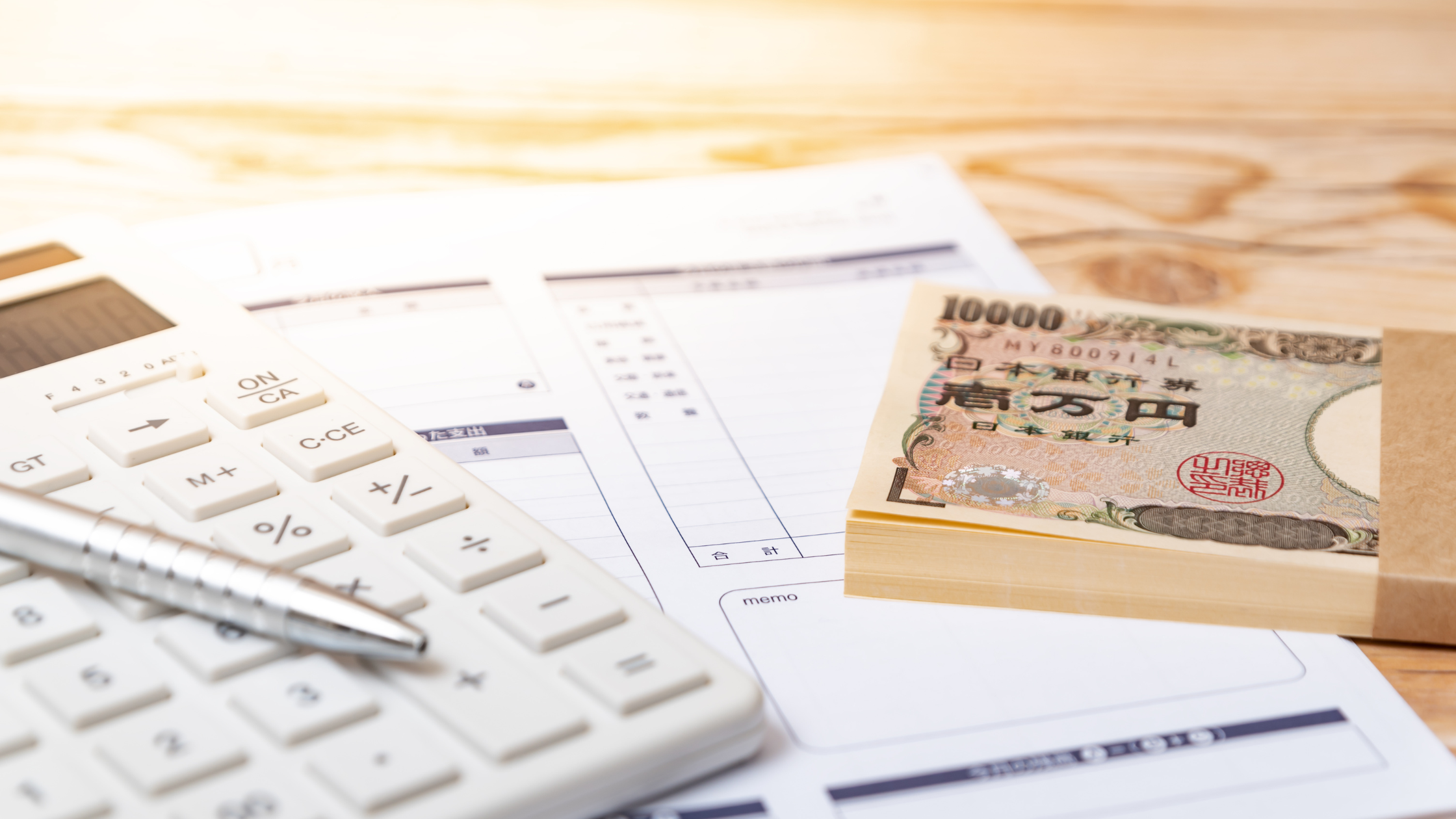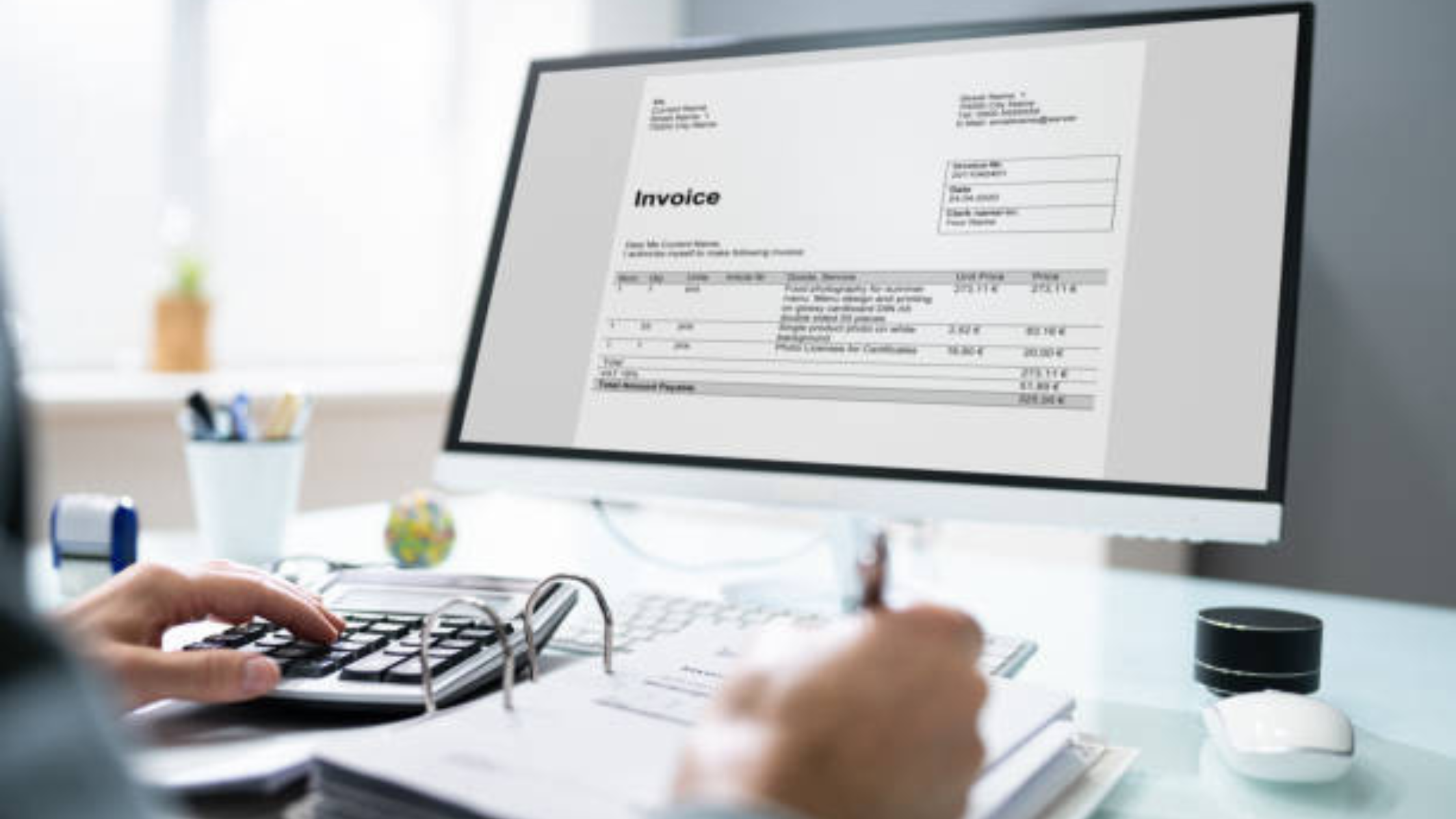The Ultimate Guide to Managing Stationary Bills

Financial Prudence: A Guide to Managing Stationary Costs
Maintaining a keen eye on expenditures is paramount for financial stability and growth. Even seemingly trivial expenses like stationary bills can accumulate and exert a substantial impact on overall finances. This comprehensive guide equips you with invaluable insights, strategies, and tools to efficiently manage and curtail stationary costs. From adept budgeting methodologies to adept negotiation tactics with suppliers, this guide encompasses a spectrum of techniques to enhance your procurement process. Whether you're a student seeking to economize on school supplies or a business proprietor aiming to optimize expenses, this resource is tailored to meet your needs. Prepare to seize command of your stationary expenditures and refine your spending habits with the expert guidance provided within these pages. Let's embark on this journey towards financial prudence and resource optimization!.
Understanding Stationary Bills
Types of Stationary Expenses
When it comes to stationary expenses, it's important to categorize them to better understand where your money is going. Common types of stationary expenses include office supplies, printing costs, postage fees, and technology-related items such as printer cartridges, USB drives, and batteries. Office supplies encompass a wide range of items like pens, paper, notebooks, staplers, and folders, all essential for day-to-day operations. Printing costs involve expenses related to printing documents, reports, marketing materials, and other paper-based items. Postage fees cover the cost of mailing letters, packages, and other correspondence. Technology-related items are becoming increasingly important in today's digital age, with businesses relying on various gadgets and accessories to stay productive.
Factors Affecting Stationary Costs
Several factors can influence your stationary costs. The size of your organization plays a significant role, as larger companies typically have higher stationary expenses due to greater usage and demand. The frequency of use of stationary items also impacts costs, with items used daily incurring more expenses over time. The quality of the products you purchase is crucial, as opting for cheaper, low-quality items may result in frequent replacements and higher long-term costs. Additionally, taking advantage of bulk discounts and wholesale pricing can help reduce stationary expenses significantly. By purchasing in bulk, you can save money on commonly used items and minimize the impact of price fluctuations.
Moreover, technological advancements have revolutionized the stationary industry, offering digital alternatives to traditional paper-based products. Businesses are increasingly adopting digital solutions like cloud storage, electronic signatures, and online collaboration tools to reduce their reliance on physical stationary items. While these technologies may involve initial setup costs, they can lead to long-term savings by streamlining processes and reducing paper waste. Understanding the evolving landscape of stationary expenses is essential for individuals and businesses looking to optimize their spending and embrace sustainable practices in a digital world.
Additional Considerations for Managing Stationary Expenses
In addition to the factors mentioned above, there are other considerations to keep in mind when managing stationary expenses effectively. One crucial aspect is inventory management. Keeping track of your stationary supplies and implementing systems to monitor usage can help prevent unnecessary spending on items that are already in stock. Regularly reviewing your stationary expenses and identifying areas where costs can be reduced or optimized is also key to controlling your budget.
Furthermore, exploring eco-friendly options for stationary items can not only benefit the environment but also save you money in the long run. Choosing recycled paper products, refillable ink cartridges, and energy-efficient office equipment can contribute to cost savings while promoting sustainability within your organization. Additionally, encouraging employees to adopt paperless practices, such as digital note-taking and electronic document sharing, can further reduce your reliance on traditional stationary items.
Conclusion
Understanding the various types of stationary expenses and the factors that influence costs is essential for effective budget management. By categorizing your expenses, leveraging bulk discounts, embracing digital solutions, and considering eco-friendly alternatives, you can optimize your spending and promote sustainability in your workplace. Stay informed about the evolving landscape of stationary expenses and continuously seek ways to streamline processes and reduce waste to achieve long-term cost savings and operational efficiency in a digital world.
Tips for Efficient Stationary Bill Management
Budgeting Techniques
Managing stationary expenses efficiently starts with setting a clear budget. By analyzing past expenses and projecting future needs, you can allocate funds appropriately. Consider categorizing expenses, setting spending limits, and regularly reviewing and adjusting the budget to ensure optimal utilization.
Digital Solutions for Cost Savings
Incorporating digital solutions can streamline stationary bill management and lead to cost savings. Utilize expense tracking apps to monitor spending in real-time, automate invoice processing to reduce manual errors, and explore online platforms for bulk purchasing discounts. Embracing technology can enhance efficiency and help in better financial planning.
Eco-Friendly Practices to Reduce Expenses
Implementing eco-friendly practices not only benefits the environment but also aids in reducing stationary expenses. Opt for recycled paper products, refillable ink cartridges, and energy-efficient office supplies. Encourage double-sided printing, digital documentation, and electronic communication to minimize paper usage. By adopting sustainable practices, you can contribute to cost savings while promoting environmental responsibility.
Leveraging Vendor Relationships for Discounts
Building strong relationships with stationary vendors can lead to discounts and cost savings. Consider negotiating bulk purchase discounts, establishing long-term partnerships for better pricing, and participating in loyalty programs for additional benefits. By fostering positive vendor relationships, you can access exclusive deals and optimize your stationary procurement process.
Monitoring and Analyzing Consumption Patterns
Regularly monitoring and analyzing consumption patterns can provide valuable insights for efficient stationary bill management. Track usage trends, identify areas of excessive consumption, and implement strategies to reduce waste. Utilize data analytics tools to generate reports, set consumption targets, and measure cost-saving initiatives' effectiveness. By staying informed about consumption patterns, you can make informed decisions to optimize resource utilization and minimize expenses.
Employee Training on Cost-Effective Practices
Educating employees on cost-effective practices can significantly impact stationary bill management. Conduct training sessions on budget awareness, efficient resource utilization, and waste reduction strategies. Encourage employees to contribute ideas for cost savings and recognize and reward initiatives that lead to expense reduction. By fostering a culture of cost-consciousness and promoting employee engagement, you can enhance overall efficiency in stationary bill management.
Continuous Improvement and Adaptation
Continuous improvement is key to effective stationary bill management. Regularly evaluate processes, solicit feedback from stakeholders, and implement suggestions for enhancement. Stay updated on industry trends, technological advancements, and sustainable practices to adapt and improve your stationary management strategies. Embrace change, be open to innovation, and strive for ongoing improvement to ensure long-term cost efficiency and sustainability in stationary bill management.
Exploring Case Studies: How Companies Slashed Stationery Expenses
In this captivating blog section, we delve into a series of illuminating case studies showcasing successful stationary expense reduction strategies implemented by prominent companies. These real-life examples stand as guiding beacons, illuminating the path to effective cost-cutting measures that have reshaped traditional business paradigms.
Unveiling the Secrets: Strategies That Worked
By meticulously dissecting how these industry leaders managed to trim stationary expenses while boosting quality and operational efficiency, readers will extract invaluable insights and practical lessons. From innovative supplier negotiations to embracing eco-friendly alternatives, each case study offers a distinct approach that revolutionized the financial landscape of these enterprises.
Analyzing the Success: Key Takeaways
Through immersing ourselves in these success narratives, we embark on a transformative odyssey towards optimizing expenditure and cultivating a culture of fiscal prudence within our own organizations. The journey transcends mere cost reduction; it extends to fostering creativity, promoting sustainability, and instilling a mindset oriented towards continuous enhancement.
Empowering Your Business: Driving Change
As we navigate through these enlightening stories, we are urged to embrace change, question norms, and pioneer fresh strategies in cost management. Let these case studies stand as proof of the limitless opportunities awaiting those bold enough to rethink, reimagine, and reinvent their stationary expense reduction approaches.
Embracing the Future: A Call to Action
Join us on this enlightening voyage as we unravel the enigma behind successful cost-cutting initiatives and set forth on a mission for financial optimization and operational brilliance. Discover how these companies not only saved costs but also transformed their operations for a sustainable and prosperous future.
Effectively managing stationary bills is crucial for maintaining financial organization and efficiency in any business. Utilizing tools like the Bill Generator platform can streamline the invoicing process, saving time and resources while ensuring professionalism and accuracy in billing. With customizable templates, quick delivery, and responsive support, businesses of all sizes can benefit from this user-friendly solution. To explore how the Bill Generator platform can revolutionize your billing process, visit. https://billgenerator.in/learn/general . Simplify your invoicing today and pave the way for improved cash flow, customer satisfaction, and overall business growth.







